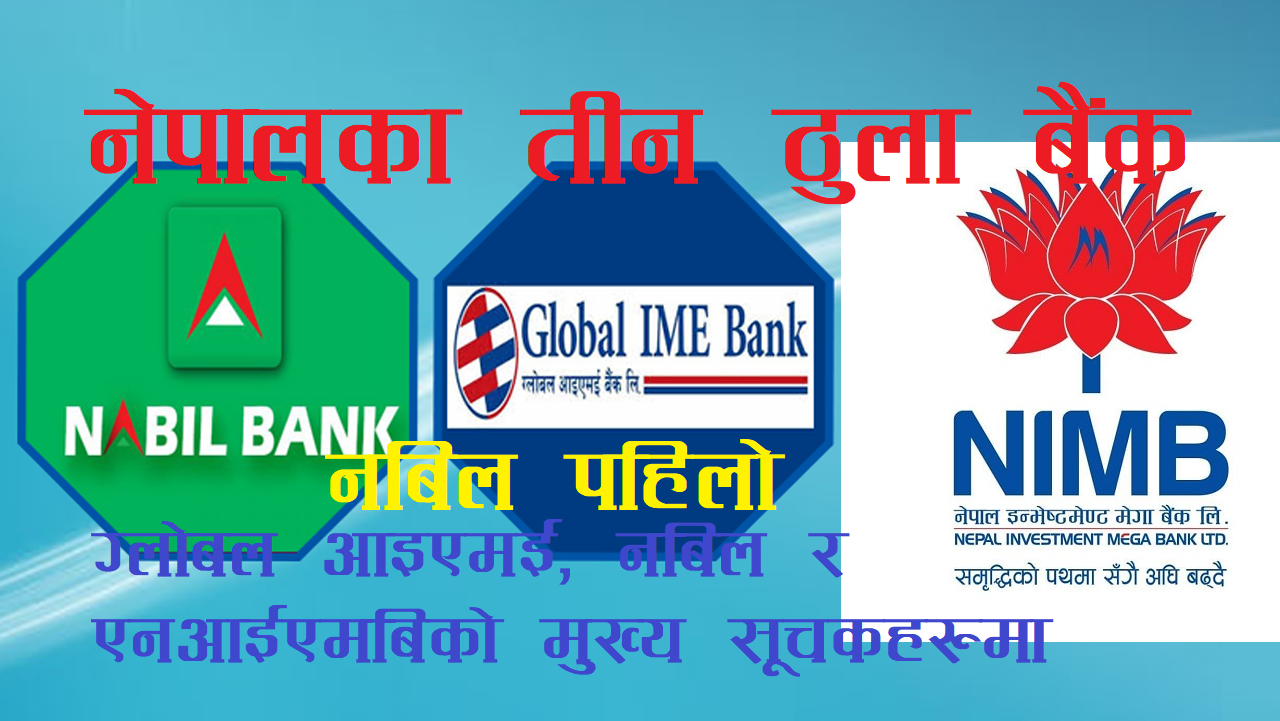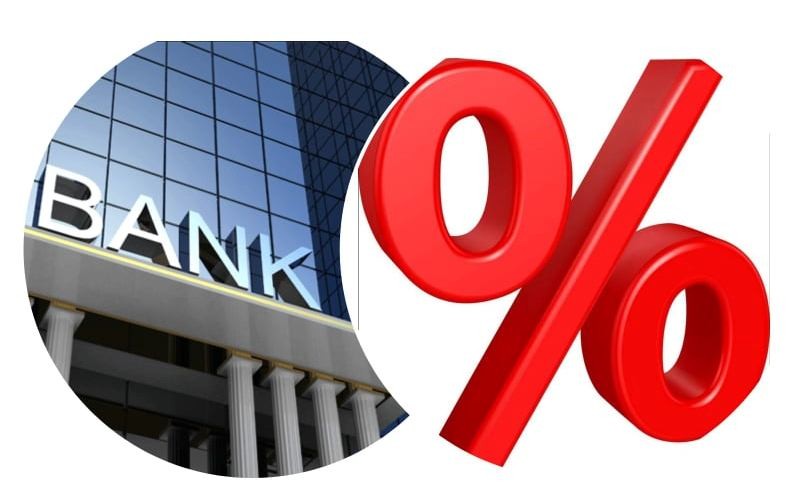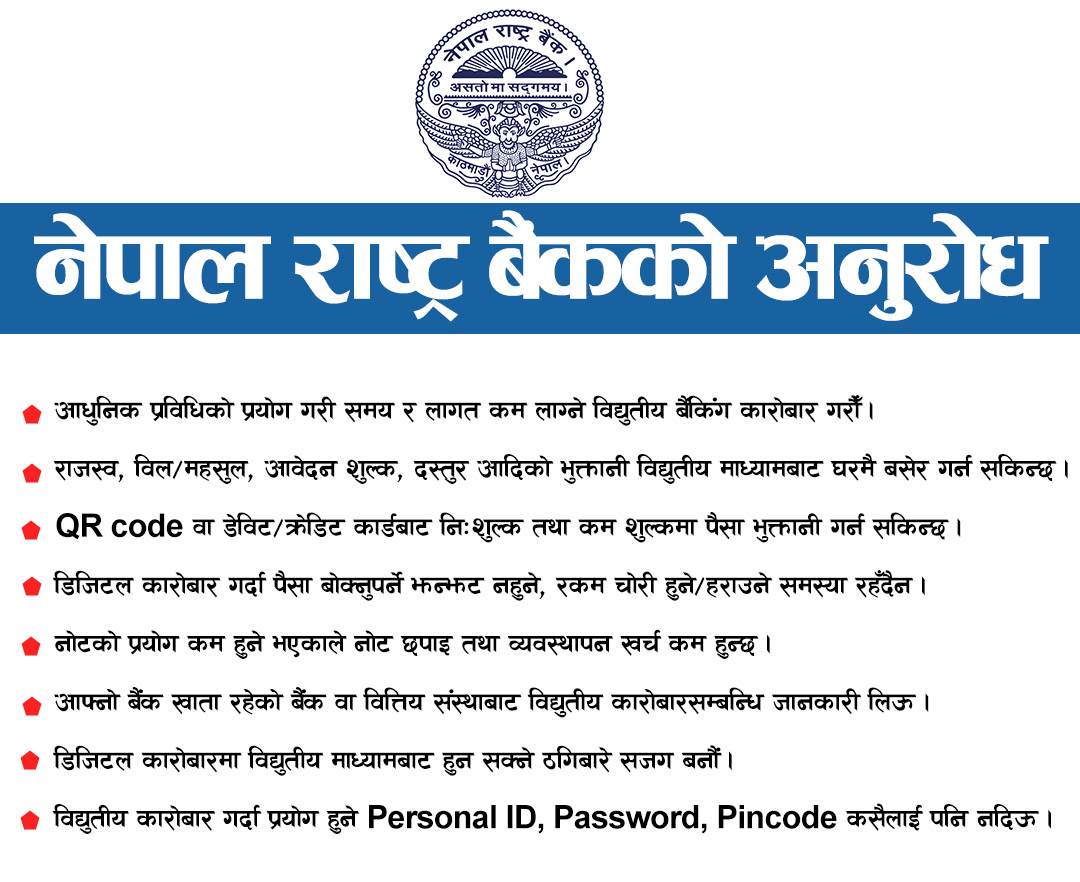NRB 'capital charge' on 7 commercial banks for increasing risk of CD Ratio
Jul Thu 2022 02:20:26
837 views

Kathmandu. Stating that the risk has increased in these seven commercial banks, NRB imposed 'capital charge' on Prime, the highest. Kathmandu. NRB has imposed 'capital charge' on seven commerce companies that do not have sufficient liquidity ratio. According to NRB, seven commercial banks have not been able to maintain liquidity ratio (LD) till mid-April. As of mid-April, the average liquidity ratio of banks stood at 21.22 percent.
In mid-July, the liquidity ratio of banks stood at 27.17 percent. Banks should keep 20 percent of their deposits in liquid form. Considering the possibility of repaying up to 20 percent of the deposits with the banks at any time, provision has been made to keep the amount equal to 20 percent in liquid form.
According to NRB, the lowest liquidity ratio was 15.91 percent in mid-April. Similarly, SBI Bank has 18.14 percent, Kumari Bank has 18.23 percent, Laxmi has 18.87 percent and Siddhartha Bank has 19.02 percent. Century Bank has a liquidity ratio of 18.08 percent and Sunrise Bank has a liquidity ratio of 19.04 percent.
NRB charges capital on 11 titles. One of the titles includes the liquidity ratio. Spokesperson of Nepal Rastra Bank Gunakar Bhatt informed that there is an arrangement to impose capital charge on the banks that do not meet the liquidity ratio. NRB charges a capital charge equal to the percentage lower than the prescribed liquidity ratio. On this basis, Prime Bank has incurred the highest capital charge.
The liquidity ratio has come down to less than 20 percent as banks have more credit than deposits. Take Prime Bank for example. In mid-April, Prime Bank's loan to deposit ratio (CD ratio) was 99.69 percent.






